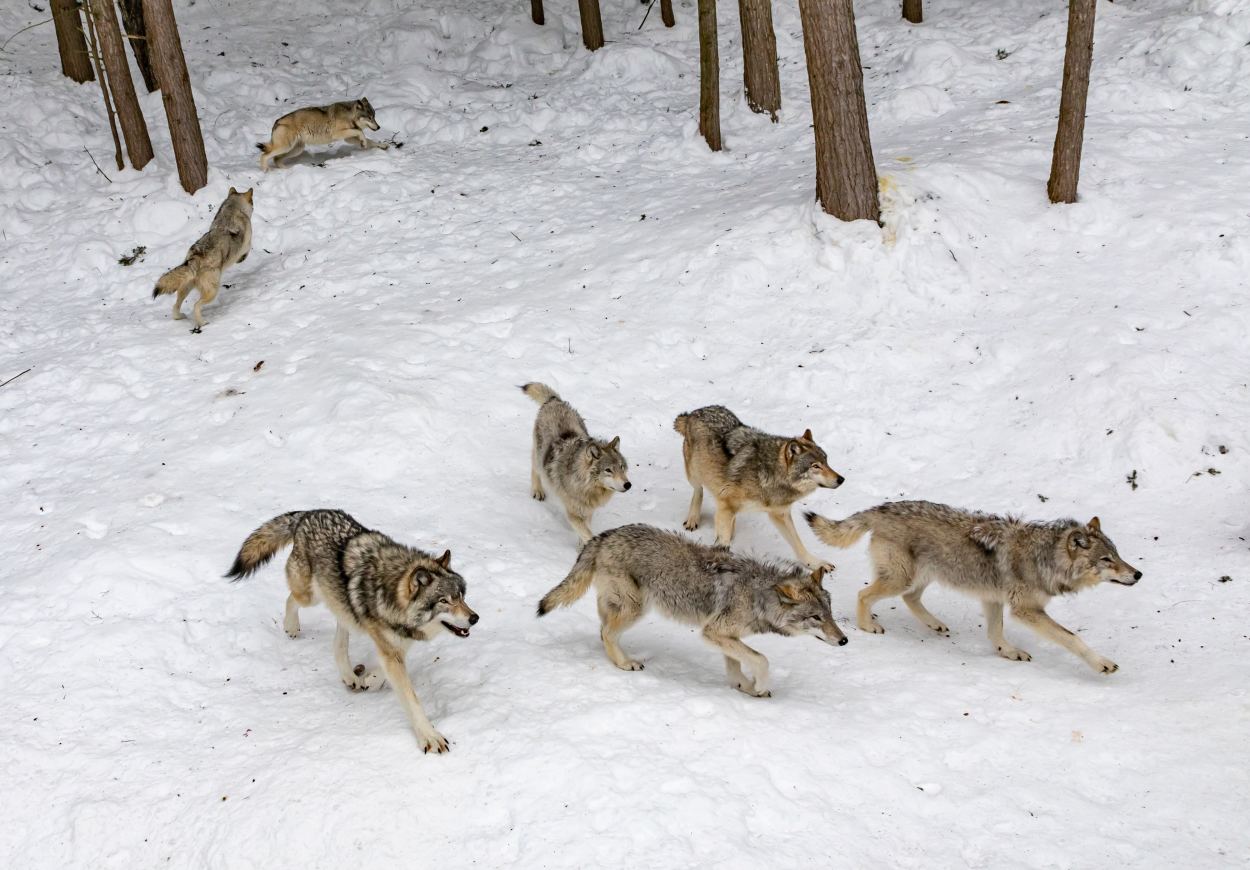Bear and Wildlife Safety: Essential Tips for Exploring North Cascades National Park
Justin
June 16, 2023
North Cascades National Park, located in the beautiful Pacific Northwest region of the United States, is a haven for wildlife enthusiasts and outdoor adventurers alike. From breathtaking mountain ranges to pristine alpine lakes, the park offers a plethora of natural wonders to explore. However, it is essential to understand and practice bear safety when venturing into this wilderness. In this article, we will delve into the crucial aspects of bear safety and discuss other wildlife to be aware of in North Cascades National Park.
The American Black Bear and the Grizzly Bear:
North Cascades National Park is home to two bear species: the American black bear (Ursus americanus) and the grizzly bear (Ursus arctos horribilis). Both species play a vital role in the park's ecosystem and should be treated with respect and caution.
American Black Bear:

The American black bear is the more common bear species found in North Cascades National Park. Despite their name, they can exhibit a variety of coat colors, including black, brown, cinnamon, and even blonde. They are generally smaller in size than grizzly bears, with males weighing between 200-600 pounds and females ranging from 100-400 pounds. Black bears are omnivorous and primarily feed on berries, plants, nuts, insects, and occasionally small mammals.
Grizzly Bear:

While less frequently encountered, grizzly bears do inhabit remote areas of the park. Grizzlies are larger and more powerful than black bears, with adult males weighing up to 1,500 pounds. They have distinctive shoulder humps and longer, straighter claws. Grizzlies are omnivorous, with a diet that includes berries, grasses, roots, fish, and small mammals.
Bear Safety Tips:
Be Aware of Your Surroundings: Maintain awareness of your surroundings and keep an eye out for signs of bear activity, such as tracks, scat, overturned rocks, or dug-up roots. Travel in groups whenever possible, as bears are less likely to approach larger parties.
Make Noise: Bears prefer to avoid encounters with humans, so make noise while hiking to alert them of your presence. Talk, clap, sing, or use bear bells to reduce the chances of surprising a bear at close range.
Carry Bear Spray: Bear spray is a highly effective deterrent when used properly. Ensure you have a canister of bear spray readily accessible, preferably attached to your belt or backpack strap. Familiarize yourself with its usage and practice deploying it before your trip.
Store Food Properly: Proper food storage is essential to prevent bears from becoming habituated to human food. When camping, use bear-resistant containers or hang your food at least 10 feet above the ground and 4 feet from any vertical support (such as a tree). Additionally, store any scented items, such as toiletries, cooking utensils, or your favorite bacon scented cologne, in a bear-resistant container.
Keep a Clean Campsite: Bears have a powerful sense of smell and can be attracted to the odors of food and garbage. Keep your campsite clean by disposing of trash in designated bear-proof containers. Burn or pack out food scraps and avoid cooking near your sleeping area. If bears learn that food can be found in areas such as campgrounds, they will begin to frequent those areas in search of it and put yourself and others at greater risk.
Be Cautious with Pets: Pets can trigger defensive behavior in bears, so it is advisable to keep them on a leash and under control at all times. Be aware that some trails may have restrictions regarding pets due to wildlife concerns.
Reacting to Bear Encounters: If you encounter a bear, give it plenty of space. Do not approach or feed the bear. If the bear stands its ground, appears agitated, or begins to approach, speak calmly and assertively, and slowly back away. Do not run, as this may trigger a chase response. As a general rule of thumb, if attacked by a grizzly bear you should play dead, but if it is a black bear, you should fight back.
Additional Wildlife to be Aware of:
The North Cascades National Park is home to various other wildlife that visitors should be mindful of:
Mountain Lions (Pumas):

Mountain lions are solitary and elusive predators. Though rarely seen, they inhabit the park's remote areas. If you encounter a mountain lion, make yourself appear larger, maintain eye contact, and back away slowly. Never turn your back on them as that is when they would be most likely to attack prey. If in the unlikely instance you are attacked, you should always fight back.
Wolves:

Wolves have recolonized parts of Washington state, including the North Cascades region. While they tend to avoid human encounters, remain cautious and report any wolf sightings to park authorities. If you encounter a wolf or pack of wolves at close range do not run or turn away. If you are approached, act aggressively and maintain eye contact if the wolf is looking at you. Aggressively use poles, pepper spray, rocks, limbs, noisemakers or other handy items to discourage wolves.
Exploring the remarkable wilderness of North Cascades National Park can be an awe-inspiring experience. By practicing bear safety and being aware of other wildlife species, visitors can minimize their impact on the ecosystem while ensuring their own safety. Remember, respecting and appreciating these incredible creatures from a safe distance is the key to coexisting harmoniously in their natural habitat.
References:
North Cascades National Park: https://www.nps.gov/noca/index.htm
American Black Bear: https://www.nps.gov/subjects/bears/black-bears.htm
Grizzly Bear: https://www.nps.gov/subjects/bears/grizzly-bears.htm
Bear Safety: https://www.nps.gov/subjects/bears/safety.htm
Wildlife Viewing: https://www.nps.gov/noca/planyourvisit/wildlife-viewing.htm
Disclaimer: Wildlife can be dangerous and unpredictable. I would never suggest seeking out encounters. This article is intended to be a summary of information on safety and not a complete guide. I would always suggest being further prepared if going into wild areas by researching detailed information with the National Park Service or checking with rangers in the area of travel to ensure that you are prepared.